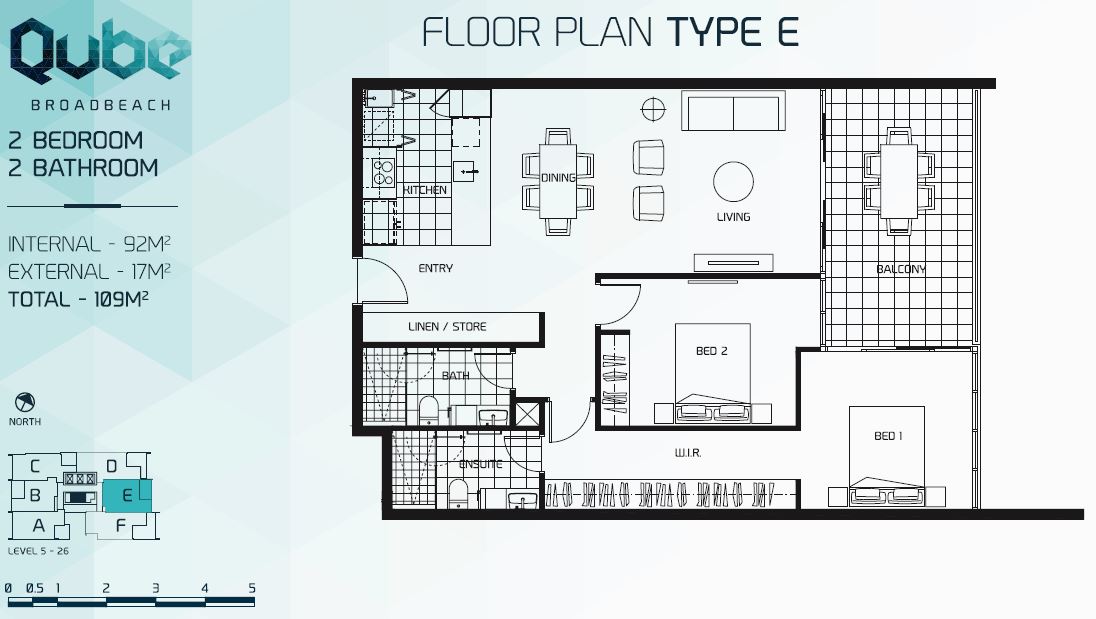

are now printing full 3D models that may print for 1 or 5 days at drop frequencies near 16,000 dpi. 3D Printers, formerly Sanders Prototype, Inc.

Howtek style inkjets were designed to use Solid ink in 4 minutes print cycles. Piezo manufactures still insist the operating temperatures are dangerously high but the Howtek printheads work fine. Wax based Solid ink will flow below 100C but Thermoplastic Solid ink prefers 125C (close to the piezo Curie, piezo poling temperature). Solid ink is a 3D material used in a single nozzle (Howtek squeeze style acoustical fluid chamber with sliced orifice) and also used in Multi-nozzle (bender or piston style fluid chambers with electro-formed orifice plates) inkjets. No fewer than 3 presidents of 3D companies were former Howtek employees and designers, VP's, engineers ( including the inkjet engineer), chemists, buyers, secretaries and technicians have all gone on to 3D companies. Both companies used Howtek style inkjets and thermoplastic materials. Herb Menhennett joined Ballistic Particle Manufacturing (BPM) in 1993 with the Personal Modeler product. Richard Helinksi formed C.A.D.-Cast, Inc on Octo(renamed to Visual Impact Corporation), a 3D printer company to build the Sculptor but later gave up after receiving a 3D Patent US 5136515A on Augand licensed it to Sanders Prototype, Inc in 1993. Some founders and many former employees of Howtek left and joined 3D printing companies. The Pixelmaster was manufactured by Juki Corporation and sold by Howtek, Inc., Hudson, NH. It was designed to print on standard sheet paper in 4 minutes with alpha-numeric or images. The Pixelmaster, a Howtek product, printed with 32 single nozzle inkjets mounted in a rotating reservoir with 8 nozzles per color.

Howtek Solid inks could print thousands of colors by subtractive color deposition (layering). Īlthough originally credited with creation by Data Products (1986), formerly Exxon (1984) acquired by Tektronix in 1986, it was also credited to Howtek in 1984. The Pixelmaster printer used "Hot melt" Thermoplastic ink jetted by piezo crystals that could spit out millions of small droplets of ink of each of the primary colors- red, green and blue - as well as black, on to a piece of paper. Two years later he formed a new company, Howtek, Inc., to carry out this mission. In 1982, Robert Howard had the idea to build a revolutionary small color printer system before he left Centronics Corporation. These are examples of three-dimensional inks (3D Inks) or inks that stand off the page. Liquid metal was referred to as Hot-Melt "type" ink in this patent and it was introduced before the term 3D printing was ever conceived. In 1971, a patent, US3596285 was issued for a Liquid Metal Recorder, a printer process that fabricated metal models of symbols, patterns and characters. Wax was formally introduced in the first Solid ink product introduced with Continuous Inkjets in the Teletype Inktronic Terminal in 1966 but the patent for Hot-melt wax did not issue until Patent US3653932 April 4, 1972. Solid ink is the name for ink that is solid at room temperature. Solid ink, Hot-Melt or Phase change ink was introduced in 1962 at Teletype Corporation in the Project 176.


 0 kommentar(er)
0 kommentar(er)
